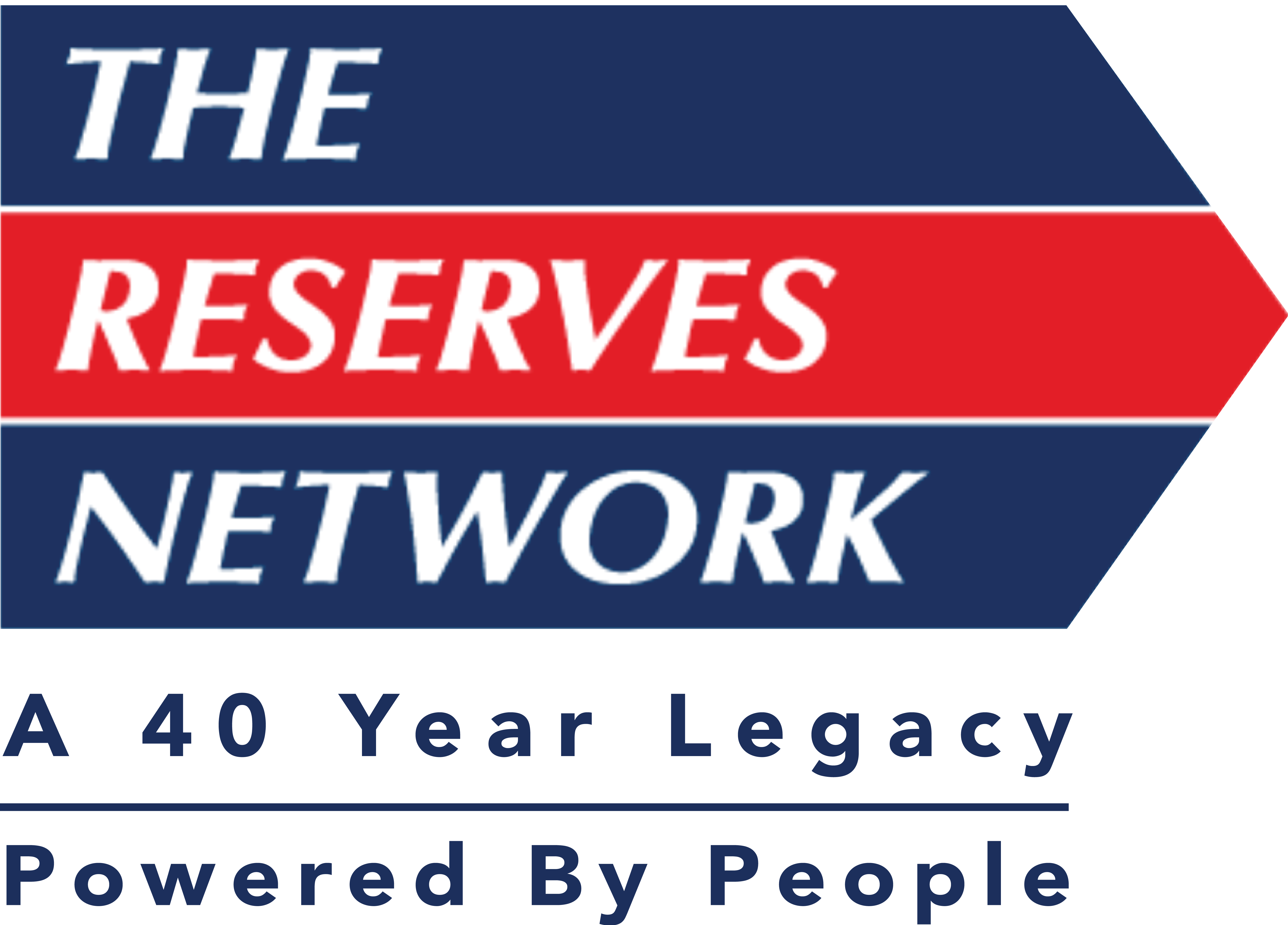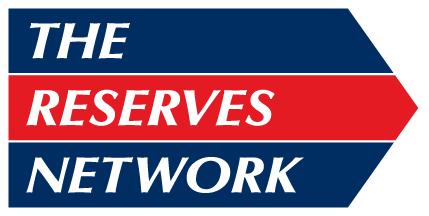Bringing it All Together: Balancing Personalities at Work
People are complicated. In the workplace, collaborative efforts are tough because personalities inevitably clash. At the intersection of fiery leaders, passive introverts, chatty types and slackers is (hopefully) a mediating manager who brings it all together. Managers are charged with a very difficult task. Keeping employees satisfied, challenged, and on task while facilitating group efforts amongst personalities that wouldn’t choose each other outside the office can be daunting. Whether you are the manager nodding along with this assessment of your struggle or an employee who empathizes and hopes to get along well with your colleagues, the following tips, tricks, and reformations of perception are designed to help.
How to Perceive Personality
Before you can work with personalities, you must understand them as a construct. It is said that inherently, we don’t change our personalities. Though we can chip away at our own undesirable behaviors and replace them with preferred ones, our personalities are much more innate and ingrained. This implies, then, that we will never change the personalities of those around us either, but we may be able to influence their behaviors.
Personality comes from heredity, the sum of our experiences, and our self-perceptions. What we choose to activate outwardly and express of our personalities is motivated by our goals and the conditions in which we operate. For example, a smart introvert may choose to exercise his or her more extroverted characteristics in a brainstorming session in order to be heard. He or she is aiming for recognition for the idea and can manipulate behaviors, but the introverted nature of his or her personality remains.
The most important thing to keep in mind when dealing with personalities you perceive as “difficult” is that there is no neutral, correct, or “normal” personality type. Your personality is difficult for someone else to work with, too. To this end, a collaborative spirit and acceptance of your colleagues or employees as they are is a great foundation on which to build. Instilling this acceptance in your team will help them get along, too.
A Guide to Strong Personalities
Egos, opinion-champions, blamers, the easily angered types, passive-aggressive folks, bright-and-sunny types, leaders, followers, slackers, and overachievers are all strong personalities. Though to you, some of these may be undesirable and others seem ideal, another employee or manager may perceive them in an opposing way. Rather than evaluating anyone as “difficult,” it is important to find the best ways to handle each personality.
While some ego-trippers need to be brought down to size to give others a shot to shine, others need a position of power in order to take their work seriously. While some bright-and-sunny types need to be diluted by a pragmatist to keep things realistic, others just need a desk and 300 customers to please. It is important to first assess the strengths of your team members and assign tasks or pairings accordingly. Weaknesses can be assessed within the task or pairing, and only if they prove to be hindering.
Strategies for Unification
Try the following strategies to make the most of a team of diverse personalities:
- Cater to the personalities at-hand when it is reasonable
- Avoid battles by exercising acceptance and finding middle-ground
- Recount the mutual goals you all share
- Find ways for all members to contribute in ways that highlight strengths
- Reward teamwork and independent successes with recognition
- Provide organizational support & professional development to hone team skills
For more tips on how to handle interpersonal management and other personnel-related challenges, work with a representative at The Reserves Network. Contact us today!



